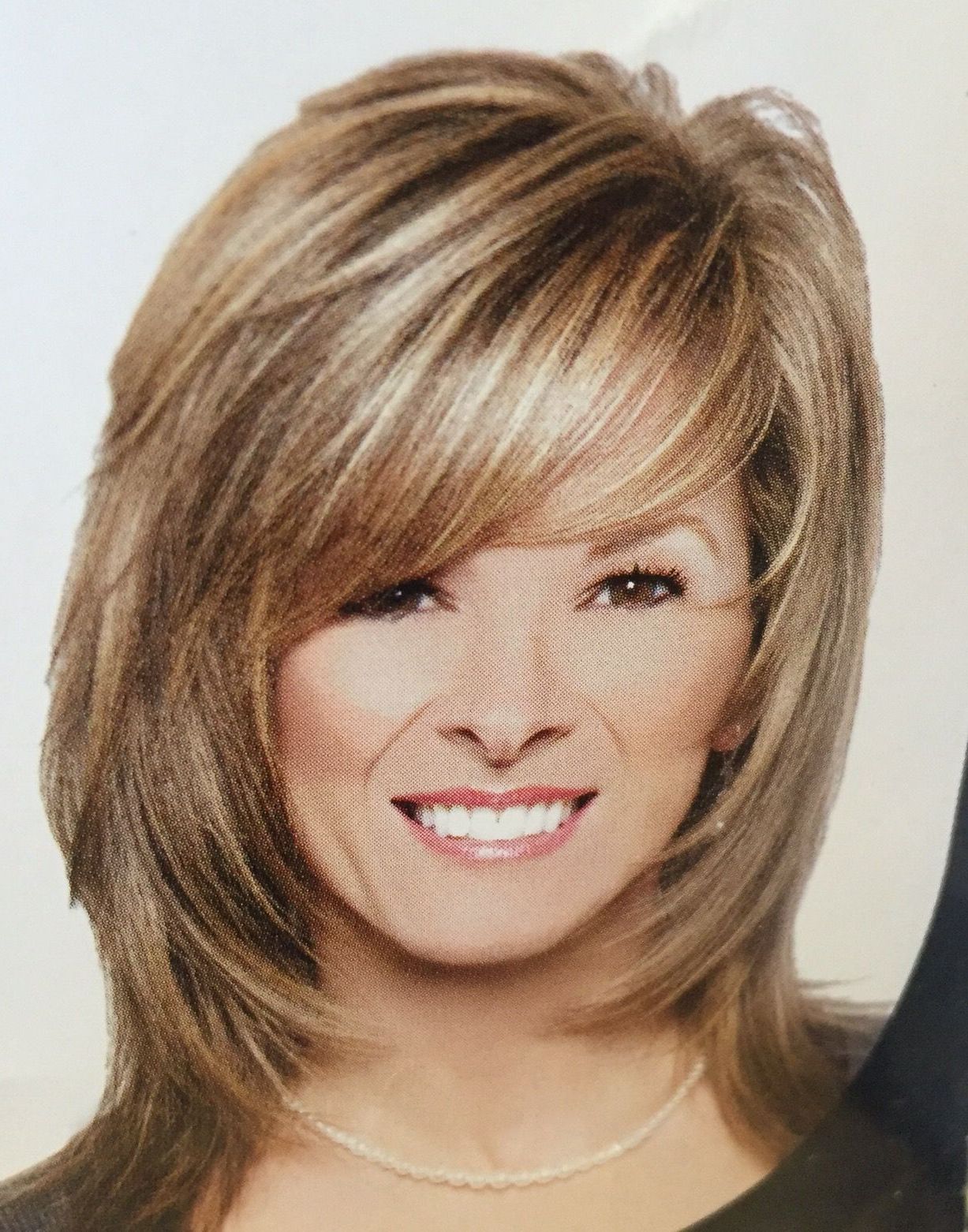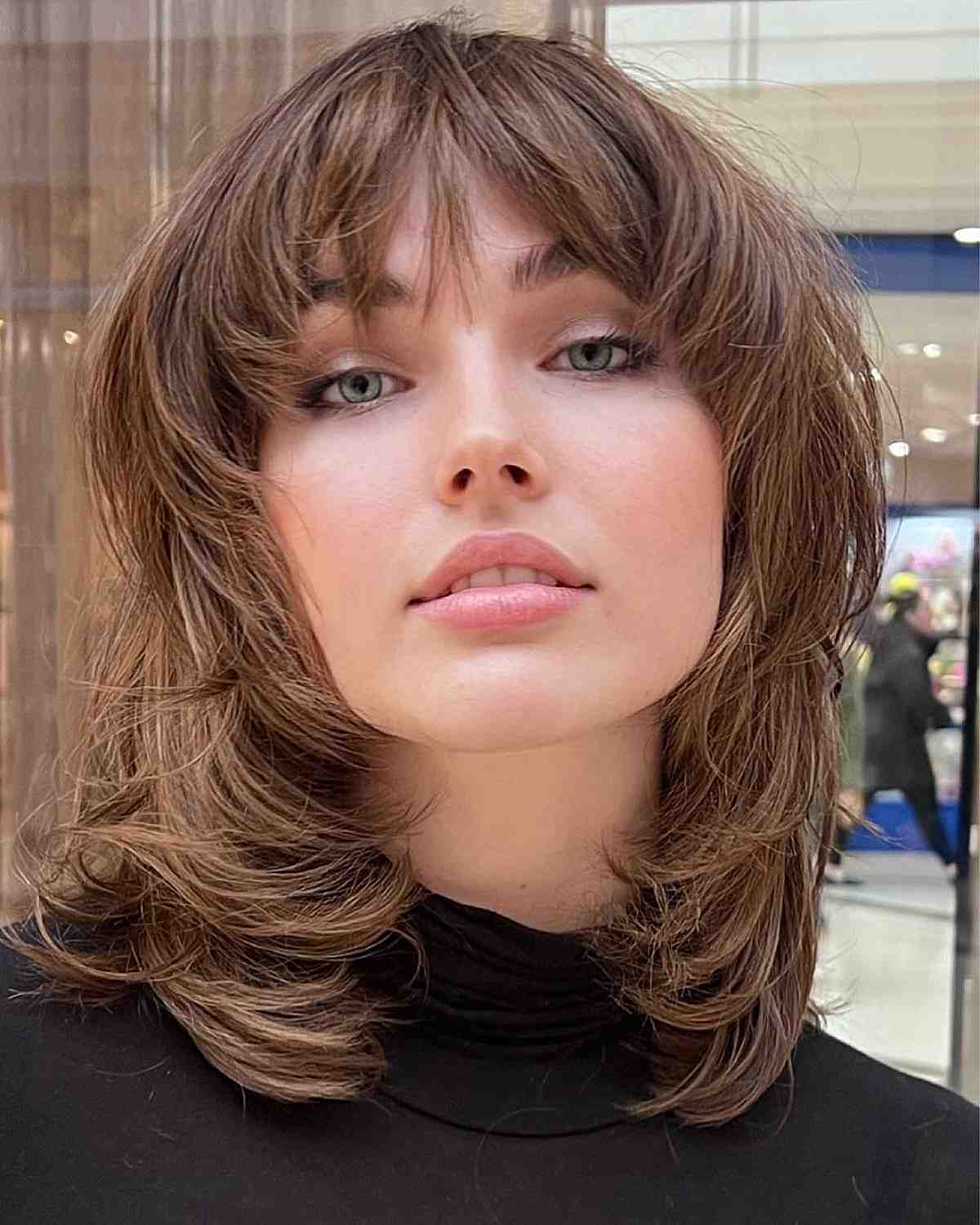Face framing on straight hair might sound like a fancy term, but it’s actually a game-changer for anyone with sleek locks. Think about it—your hairstyle is like the frame of a picture, and your face is the masterpiece. If the frame doesn’t complement the art, well, it’s kinda like wearing mismatched socks to a formal event. So, let’s dive into how you can master face framing on straight hair and make your features pop like never before.
Nowadays, more and more people are realizing the power of face framing. It’s not just about cutting your hair in a certain way; it’s about enhancing your natural beauty and making sure your hairstyle tells a story. Whether you’re rocking long, sleek locks or a chic bob, the right face-framing techniques can transform your look in ways you never imagined.
But here’s the thing—face framing isn’t one-size-fits-all. What works for one person might not work for another, and that’s where the fun begins. In this guide, we’ll break down everything you need to know about face framing on straight hair, from the basics to advanced tips. So, grab your favorite drink, and let’s get started!
- How Old Is Taylor Swifts Brother Unveiling The Fascinating Story Behind The Scenes
- Kenny Rogers Jr The Rising Star Carving His Own Musical Legacy
What Exactly is Face Framing on Straight Hair?
Face framing on straight hair is all about creating layers and angles around your face to highlight your best features. It’s like giving your face a little spotlight without screaming “look at me!” The goal is to create a balanced look that draws attention to your eyes, cheekbones, and smile while softening any harsh lines or angles.
Think of it as a subtle yet powerful way to enhance your natural beauty. Straight hair can sometimes feel flat or one-dimensional, but with the right face-framing techniques, you can add depth and dimension to your style. Plus, it’s a low-maintenance way to upgrade your look without spending hours in front of the mirror.
Why Should You Consider Face Framing for Straight Hair?
Let’s be real—straight hair can be a blessing and a curse. On one hand, it’s sleek, shiny, and easy to style. On the other hand, it can lack texture and volume, which can make your face look a little blah. That’s where face framing comes in. It adds movement and interest to your hair while framing your face in the most flattering way possible.
- Jamigertz The Ultimate Guide To A Trendsetting Tech Sensation
- Kim Scott Eminems Exwife The Untold Story You Need To Read
Here are a few reasons why you should consider face framing for straight hair:
- It enhances your natural features without looking overdone.
- It adds texture and dimension to your hair.
- It’s a versatile technique that works with any face shape.
- It’s easy to maintain once you’ve got the hang of it.
Understanding Your Face Shape for Face Framing
Before you dive into face framing, it’s important to understand your face shape. Your face shape will dictate the best way to frame your features and create a balanced look. Here’s a quick breakdown of the most common face shapes and how to frame them:
Oval Face Shape
Congrats! You’ve got the most versatile face shape. Almost any hairstyle will look good on you, but face framing can still add that extra oomph. Try soft layers around your cheeks and jawline to enhance your natural symmetry.
Round Face Shape
If you’ve got a round face, focus on creating length and angles with your hair. Longer layers and side-swept bangs can help elongate your face and create a more defined look.
Square Face Shape
A square face shape is all about strong angles and a defined jawline. To soften those angles, try soft layers around your cheeks and chin. Avoid blunt cuts that can make your face look even more angular.
Heart-Shaped Face
If you’ve got a heart-shaped face, focus on balancing out your forehead and chin. Long layers and side-swept bangs can help draw attention away from your forehead and towards your eyes and cheeks.
How to Achieve the Perfect Face Framing on Straight Hair
Now that you know the basics, let’s talk about how to achieve the perfect face framing on straight hair. Here’s a step-by-step guide to help you get started:
Step 1: Consult with Your Stylist
Your stylist is your best friend when it comes to face framing. They’ll be able to assess your face shape, hair texture, and personal style to create a customized look that works for you. Don’t be afraid to share your vision and ask questions—communication is key!
Step 2: Get Strategic Layers
Layers are the foundation of face framing. Ask your stylist to add layers around your face to create movement and dimension. These layers should be subtle enough to blend with the rest of your hair but noticeable enough to frame your features.
Step 3: Experiment with Bangs
Bangs can take your face framing to the next level. Whether you go for full bangs, side-swept bangs, or just a few pieces framing your forehead, bangs can add that extra touch of personality to your style.
Step 4: Use Styling Products
Even if your hair is naturally straight, a little styling product can go a long way. Try using a lightweight mousse or serum to add volume and shine to your layers. You can also use a curling iron or straightener to create subtle waves or curls around your face for added texture.
Tips and Tricks for Maintaining Face Framing
Once you’ve got your face framing in place, it’s important to maintain it. Here are a few tips and tricks to keep your style looking fresh:
- Wash your hair every 2-3 days to keep it healthy and shiny.
- Use a heat protectant before styling to prevent damage.
- Get regular trims every 6-8 weeks to keep your layers looking sharp.
- Experiment with different styling techniques to keep things interesting.
Common Mistakes to Avoid
Face framing is all about enhancing your natural beauty, but there are a few mistakes you should avoid:
- Over-layering your hair, which can make it look too choppy.
- Ignoring your face shape and going for a one-size-fits-all cut.
- Using too much product, which can weigh down your hair and make it look flat.
- Not communicating with your stylist about your goals and preferences.
Face Framing on Straight Hair: A Game-Changer for Your Look
Face framing on straight hair is more than just a hairstyle—it’s a lifestyle. It’s about embracing your natural beauty and enhancing it in a way that makes you feel confident and empowered. Whether you’re rocking long, sleek locks or a chic bob, the right face-framing techniques can transform your look and take your style to the next level.
Expert Advice from Stylists
We reached out to some of the top stylists in the industry to get their take on face framing on straight hair. Here’s what they had to say:
Tip #1: Focus on Soft Layers
“Soft layers are key when it comes to face framing on straight hair. They add movement and dimension without looking too drastic,” says renowned stylist Sarah Johnson.
Tip #2: Customize Your Bangs
“Bangs can be a game-changer for face framing, but they need to be customized to your face shape. Don’t be afraid to experiment with different styles to find what works best for you,” adds stylist Michael Lee.
Conclusion
Face framing on straight hair is a powerful way to enhance your natural beauty and elevate your style. By understanding your face shape, working with a skilled stylist, and maintaining your look with the right techniques, you can achieve a balanced and flattering hairstyle that makes you feel confident and beautiful.
So, what are you waiting for? Head to your favorite salon, grab a cup of coffee, and start your face-framing journey today. And don’t forget to share your experience with us in the comments below—we’d love to hear from you!
Table of Contents
- What Exactly is Face Framing on Straight Hair?
- Why Should You Consider Face Framing for Straight Hair?
- Understanding Your Face Shape for Face Framing
- How to Achieve the Perfect Face Framing on Straight Hair
- Tips and Tricks for Maintaining Face Framing
- Common Mistakes to Avoid
- Face Framing on Straight Hair: A Game-Changer for Your Look
- Expert Advice from Stylists
- Conclusion
- Ribert Plant The Voice That Shook The Music World
- How Much Simon Cowell Is Worth Unveiling The Net Worth Of A Music Mogul


